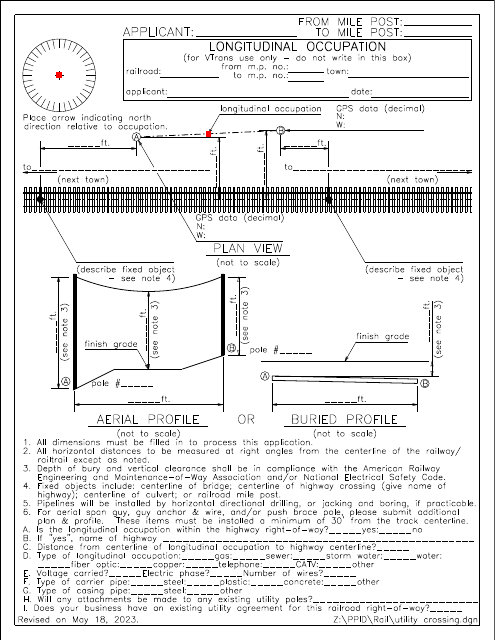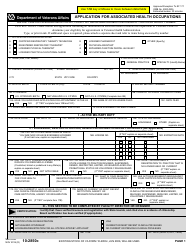Longitudinal Occupation - Vermont
Longitudinal Occupation is a legal document that was released by the Vermont Agency of Transportation - a government authority operating within Vermont.
FAQ
Q: What is longitudinal occupation?
A: Longitudinal occupation refers to a person's work history and career progression over time.
Q: Why is longitudinal occupation important?
A: Longitudinal occupation helps researchers and policymakers understand trends in employment, job mobility, and economic development.
Q: How can longitudinal occupation data be used?
A: Longitudinal occupation data can be used to study wage growth, job stability, occupational transitions, and the impact of policies on employment.
Q: Are there any privacy concerns with longitudinal occupation data?
A: Longitudinal occupation data is usually anonymized and aggregated to protect individuals' privacy.
Q: How can businesses benefit from longitudinal occupation data?
A: Businesses can use longitudinal occupation data to identify skill gaps, plan for workforce development, and make informed hiring decisions.
Q: Can individuals access their own longitudinal occupation data?
A: In general, individuals can request their own employment records from past employers to track their own longitudinal occupation.
Q: What are some future trends in longitudinal occupation research?
A: Future research may focus on the impact of automation on job stability, the gig economy, and the changing nature of work.
Q: How can policymakers use longitudinal occupation data?
A: Policymakers can use longitudinal occupation data to assess the effectiveness of workforce development programs and inform economic policies.
Form Details:
- Released on May 18, 2023;
- The latest edition currently provided by the Vermont Agency of Transportation;
- Ready to use and print;
- Easy to customize;
- Compatible with most PDF-viewing applications;
- Fill out the form in our online filing application.
Download a printable version of the form by clicking the link below or browse more documents and templates provided by the Vermont Agency of Transportation.


